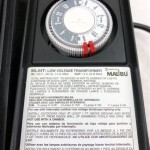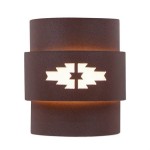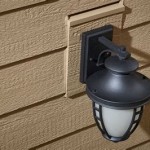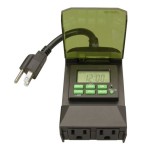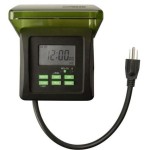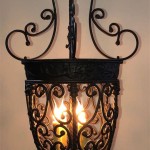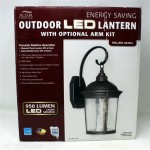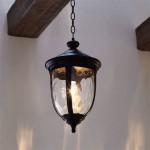Light Modifiers For Outdoor Photography
Outdoor photography presents a unique set of challenges, particularly when it comes to controlling light. The sun, as a primary light source, is often harsh and unpredictable, casting deep shadows and creating high contrast scenes. To overcome these challenges and achieve desired results, photographers rely on light modifiers – tools designed to shape, soften, and direct light for optimal photographic outcomes. This article explores various light modifiers and their applications in outdoor photography.
Reflectors
Reflectors are essential tools for bouncing light back onto the subject, filling in shadows and creating more balanced illumination. They come in various shapes, sizes, and materials, each offering different effects.
Silver Reflectors: These reflectors produce a bright, cool light, ideal for enhancing detail and adding a crisp, sharp look to subjects. They are particularly effective in situations with low ambient light, as they help to brighten the scene.
Gold Reflectors: Gold reflectors create a warmer, more flattering light, often used to enhance skin tones and add a golden glow to subjects. They are particularly beneficial for portraits and landscapes where warm tones are desired.
White Reflectors: White reflectors offer a neutral light that softens shadows and provides a balanced, natural look. They are versatile and can be used for a wide range of subjects, from portraits to landscapes and still life.
Diffusing Reflectors: These reflectors combine a reflective surface with a diffusing panel, softening the light while still providing a bright, even illumination. They are great for creating a soft, natural look that minimizes harsh shadows.
Diffusers
Diffusers are used to soften and scatter light, creating a more balanced and even illumination. They are particularly useful in outdoor photography where the sun's strong light can create harsh shadows and overly bright areas.
Softboxes: Softboxes are large, rectangular diffusers that produce a soft, diffused light, perfect for creating a natural and flattering look in portraits. They are typically used with flash units, but can also be combined with continuous lights.
Umbrella Diffusers: Umbrellas provide a similar effect to softboxes but are more portable and affordable. They come in various sizes and shapes, with different materials offering different degrees of diffusion.
Diffusing Panels: Diffusing panels are lightweight and portable, easily held or mounted on a tripod. They are ideal for softening the direct sun's rays, creating a more even light distribution.
Scrims: Scrims are large, lightweight fabric panels used to reduce the intensity of sunlight. They can be placed between the sun and the subject, creating a softer, more diffused light.
Flags and Gels
Flags and gels are used to control the direction and color of light.
Flags
are opaque panels used to block light, creating shadows and shapes. They can be used to block unwanted light from reaching the subject, such as harsh sunlight or reflections.
Gels
are colored filters that modify the color of light. They can be used to create specific color effects, such as warming up the light or adding a blue hue to a landscape.Choosing the Right Light Modifier
Selecting the appropriate light modifier depends on the specific photographic situation and the desired effect. For example, a reflector might be the best choice for filling in shadows in a portrait shot, while a diffuser might be more suitable for softening the harsh sunlight on a landscape scene.
Consider these factors when choosing a light modifier:
- The intensity and direction of the light source
- The size and shape of the subject
- The desired effect (e.g., soft, harsh, warm, cool)
- The portability and ease of use of the modifier
Experimenting with different light modifiers is essential to understanding their capabilities and mastering their use. By creatively employing light modifiers, photographers can control light and achieve stunning visual results in outdoor settings.

Using Soft Or Hard Light Modifiers For Outdoor Beauty Photography

Light Modifiers

Top 10 Light Modifiers For Off Flashes Studio Lights

5 Lightweight Light Modifiers To Love For Location Shoots Rangefinder

Review Comparing Various Light Modifiers For On Flash

4 Essential Outdoor Light Modifiers Fotodiox Inc Usa

Outdoor Portrait Lighting Modifiers Does Size Matter Fstoppers

A Beginner S Guide To Light Modifiers For Stunning Portraits

Off Flash 5 Techniques For Dramatic Portraits Rangefinder

A Beginner S Guide To Light Modifiers For Stunning Portraits
Related Posts
